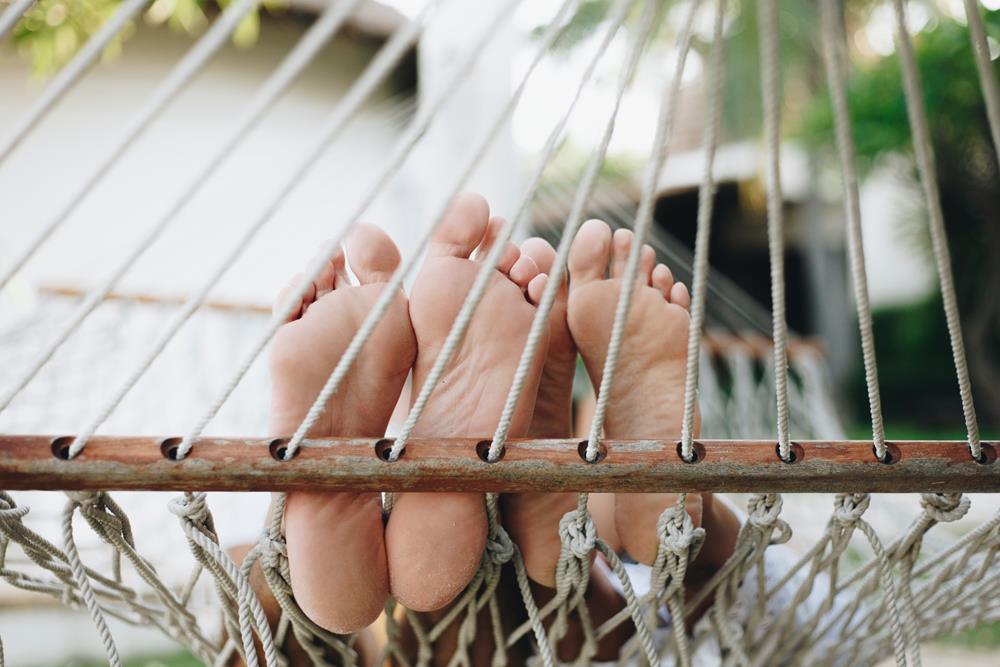
Calluses And Corns
Are corns and calluses causing you discomfort or embarrassment? Although it’s unlikely that you have a severe condition to be concerned about, seeking treatment is essential in alleviating your discomfort. Schedule your consultation appointment with the experts at Starrett Podiatry, who can treat your corns or calluses and help you prevent them from occurring again.
Starrett Podiatry serves its patients in six New York clinic locations in East Harlem and West Harlem in New York City; Brooklyn, New York; and Mott Haven and Belmont in Bronx, New York.
What’s the difference between a callus and a corn?
Corns are small, defined thickened areas of dead skin characterized by a small plug near the center.
Corns are located on the sides or tops of your toes. Calluses, on the other hand, are large, less defined areas of thickened skin. They can occur anywhere exposed to repetitive friction.
Corns and calluses are caused by friction, most commonly related to ill-fitting shoes and repetitive motion.
What are the signs and symptoms of corns and calluses?
The clearest signs and symptoms of corns and calluses are their appearances. Both can be painful when in a weight-bearing area of your foot. A thick callus on the bottom of your foot can give you the sensation that you’re stepping on something, causing soreness and impacting your gait.
How can I tell the difference between a corn and a wart?
Differentiating between the two is difficult. Schedule an appointment with an experienced podiatrist to determine whether you have a corn or a plantar wart, as the most effective treatment will depend on the diagnosis.
What are some indications of complications?
If your corn or callus has been cut or broken open, it’s much more prone to infection and should be evaluated by a doctor.
Additionally, if you notice any signs of active infection, such as discharge, redness, warmth, inflammation, or fever, further evaluation is required.
Finally, if you have diabetes, you should see a podiatrist if you notice any foot changes, including the development of new corns or calluses. People with diabetes are prone to sores that don’t heal, infection, and severe complications due to reduced feeling and circulation in their feet.
How are corns and calluses treated?
The experts at Starrett Podiatry offer a full range of both conservative and surgical treatment options for corns and calluses.
In most cases, prescription creams can be used to treat non-infected corns and calluses. When infection is present, oral antibiotics may be part of the course of treatment.
In some cases, calluses require surgical removal, and although they can come back, choosing better-fitting footwear can often prevent their reoccurrence.
